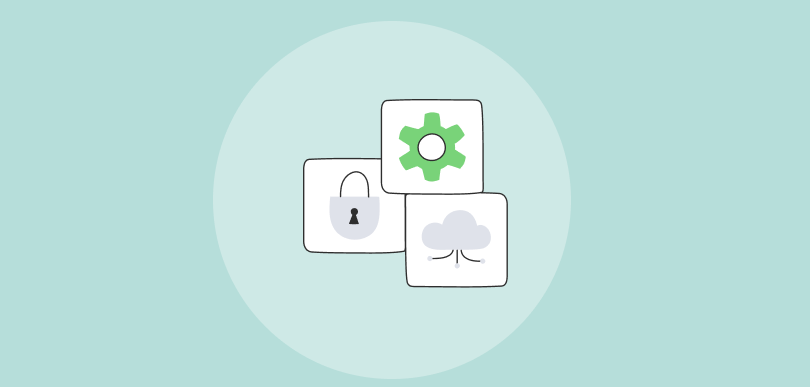Around 347.3 billion emails are sent and received every day. In such a huge crowd, getting noticed becomes all the more challenging for businesses.
Drip email campaigns are the perfect way to stay on top of the customers’ minds. Marketers have long used this technique to deliver the most relevant messages at the right time.
After all-
“A reliable way to make people believe in falsehoods is frequent repetition because familiarity is not easily distinguished from truth. Authoritarian institutions and marketers have always known this fact.” – Daniel Kahneman
These email sequences involve sending targeted messages at precise times that are delivered based on specific actions taken by the recipient.
In this guide, we break down what drip email campaigns are and how to maximize output for such campaigns. Let’s get started!
What Is a Email Drip Campaign?
A drip email campaign involves a series of automated emails or messages sent to potential or current customers over a period of time. The emails are sent automatically based on certain actions, such as subscribing to a mailing list or any other defined criteria.
You can schedule these emails to be delivered as a response to specific triggers. You can also customize the timing of these emails to suit your business needs, either by setting a fixed schedule or adapting it based on user interactions. This flexibility ensures that each message is timely and maximizes the potential for engagement and conversion.

Read more: List of Best Email Drip Campaign Software
Why Do You Need a Drip Campaign?
Drip email campaigns can be used for various purposes, such as welcoming new clients, nurturing leads and converting them into customers, or maintaining relationships post-purchase.
Some of the most significant benefits of such campaigns are –
Nurture Leads
Drip campaign marketing is an effective way to nurture and move leads through the sales funnel. By sending targeted and personalized emails at the right time, you can educate and inform potential customers, build trust and credibility, and ultimately convert more leads into customers.
Boost Customer Engagement
Drip email campaigns can increase engagement rates by providing subscribers with valuable content. This can include informative blog posts, helpful resources, product updates, and special offers. By consistently delivering high-quality content, you can keep subscribers engaged.
Grow Revenue
Drip email campaigns can lead to increased revenue by driving conversions and repeat purchases. By segmenting the subscriber lists and tailoring the email content to specific audiences, you can improve the effectiveness of your campaigns and generate more sales.
Enhance Customer Retention
Drip campaigns can also help improve customer retention by providing ongoing value and support. By sending post-purchase follow-up emails, loyalty rewards, and exclusive offers, you can strengthen customer relationships and increase the likelihood of repeat business.
Email Drip Campaign Types & Examples
Here are some examples of effective drip email campaigns serving various purposes.
1. Welcoming New Customers
Onboarding new clients is a key part of their experience with your business. An automated email campaign, specifically a welcome drip campaign, can captivate and keep your clients engaged. These emails will guide them on how to get the most out of their relationship with your company.
Example: Huckberry
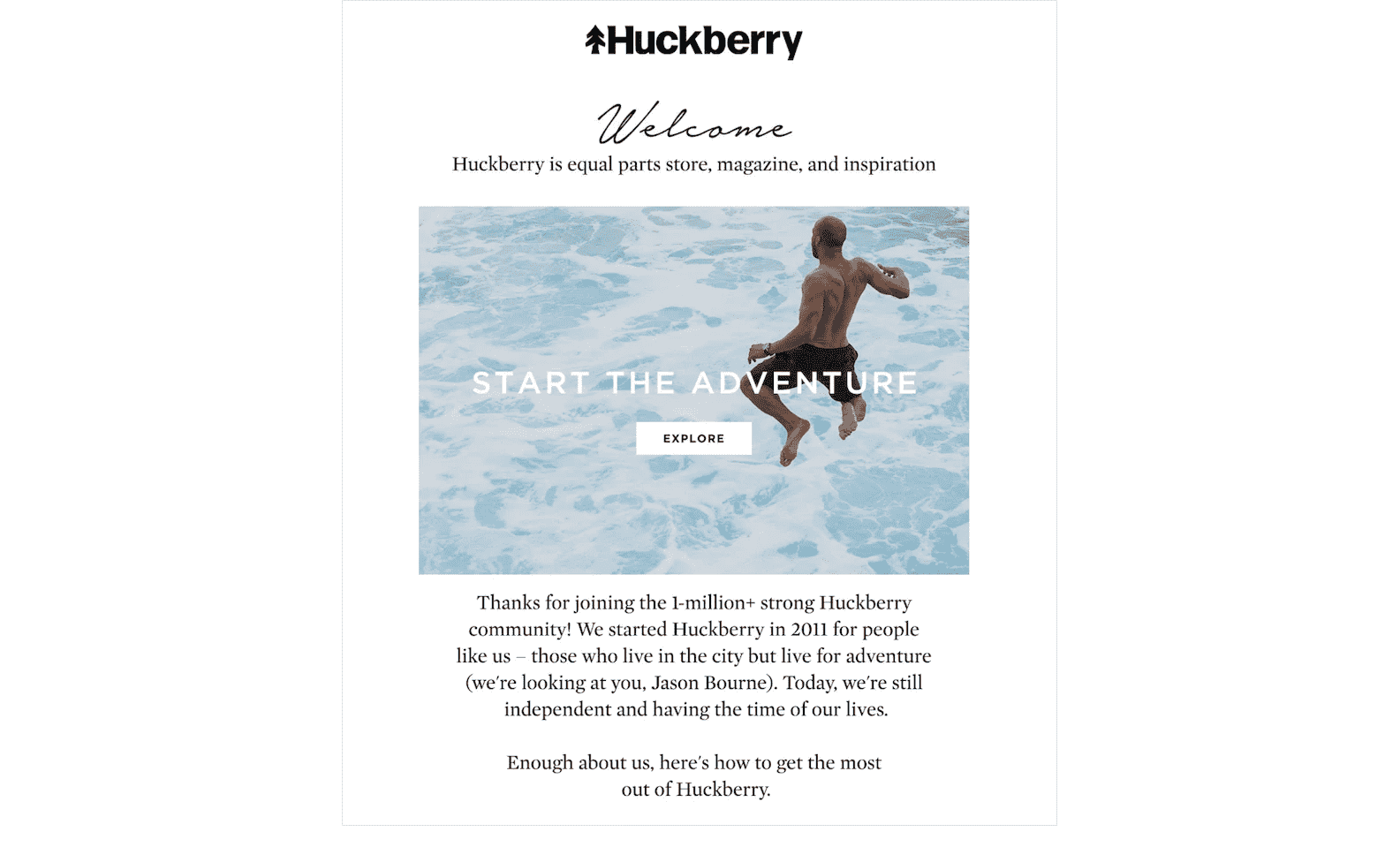
2. Upselling & Retention
This email drip campaign keeps you connected with your customers by offering recommendations, renewals, and discounts. It’s a simple way to enhance customer loyalty and increase your upselling opportunities.
Example: Venngage
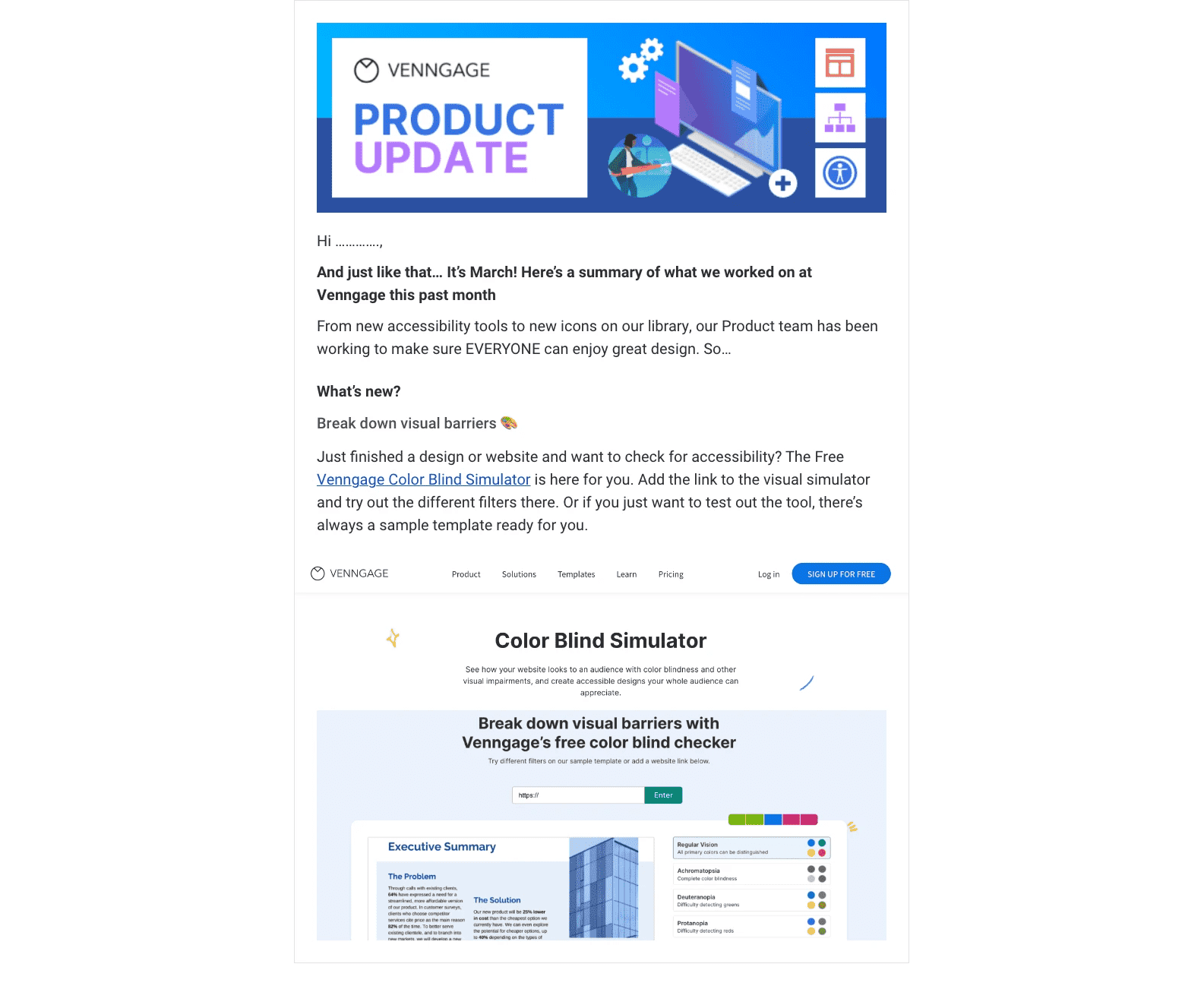
3. Cart Abandonment
You have finally got a user to fill their cart, but they’ve left without buying! Here’s where a drip email can save the day. Use it to reconnect with these customers, create a sense of urgency, and encourage them to complete their purchase.
Example: Google

4. Re-Engagement
Send renewal and re-engagement emails to your current subscribers to rekindle their interest. Craft these emails with clear and compelling calls to action that motivate users to reconnect with your services.
Example: Netflix

5. Engagement
Engagement drip campaigns are all about bringing people back to your brand repeatedly. This increases your profits and gives you the chance to create lasting relationships.
Example: Duolingo
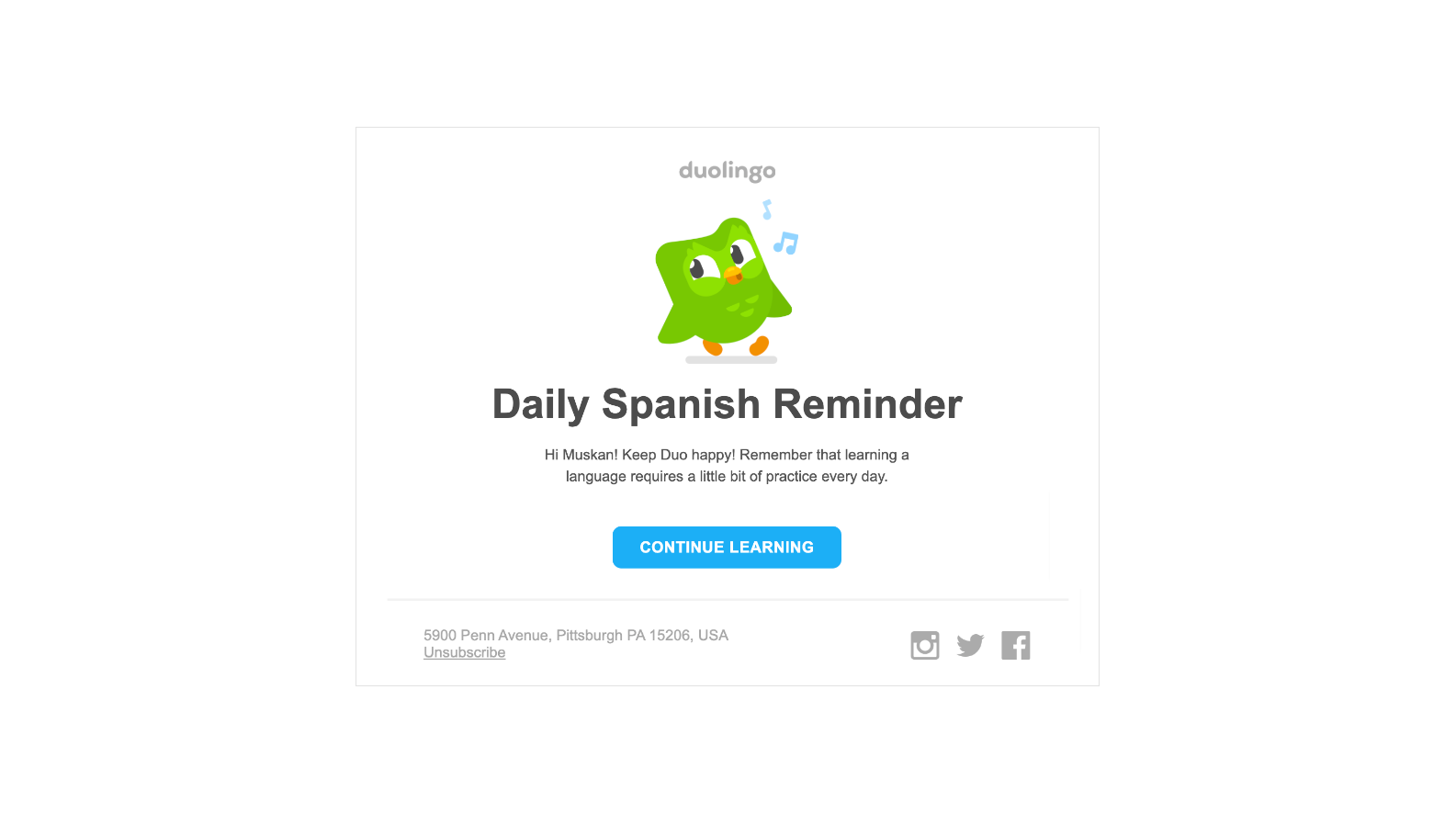
What Are the Benefits of Email Drip Campaigns
Email drip campaigns are powerful tools for businesses that aim to maintain and increase engagement through a structured, automated approach to email marketing.
Here’s a look at the key benefits of employing these strategies:
Increased Brand Awareness
Regular interactions through drip campaigns ensure that your brand stays visible and memorable.
Each email serves as a reminder of your brand’s identity, values, and offerings. This consistent presence in your customers’ inboxes helps to build and reinforce brand recognition over time, making your company the first that comes to mind when they’re ready to make a purchase.
Increased Conversion Rates
By sending targeted messages that resonate with where the customer is in their buying journey, drip campaigns significantly boost the likelihood of conversions.
For example, a welcome email sequence can warm up new subscribers, while subsequent targeted offers can nudge them toward making a purchase.

Save Time
Drip email campaigns are automated, which means that once they are set up, they require little to no ongoing effort. It can save significant time and resources that would otherwise be used manually to send out individual emails. You can consistently reach out to customers with little ongoing effort, ensuring your marketing strategy operates efficiently.
Enhances Personalization
Email drip campaigns excel in personalization. You can tailor each communication by segmenting your audience and crafting messages catering to different groups’ interests and behaviors. This level of personalization can dramatically increase the effectiveness of your campaigns.
Cost-Effective Marketing
Compared to other marketing methods, drip campaigns are relatively low-cost. They provide a high return on investment since they are automated and designed to reach the customer at optimal times.
Consistent Traffic Generation
Regularly scheduled emails keep driving traffic back to your site, helping maintain a steady flow of visitors. This is crucial for keeping your engagement metrics high and improving your overall digital presence.
Feedback Collection
Drip campaigns can also be used to gather valuable customer feedback, which can inform future strategies and improvements. By automating requests for feedback after a purchase or interaction, you consistently collect insights that can drive significant improvements in your offerings.
5 Steps to Create a Drip Campaign
To create effective drip campaigns, you must:
1. Know Your Target Audience
According to Gartner–
“As a marketing and sales strategy, the ICP framework can deliver faster sales cycles, higher conversion rates, and greater lifetime values.”
This is why the first step of your automated drip marketing strategy is to know your ideal customer profile. This will help you determine which groups to target and what information to provide in order to keep them engaged.
How well do you know your target market? Take this quick quiz to find out.
2. Set Goals & Plan Your Campaign
This step involves defining your email campaign’s triggers, steps, and frequency.
Begin by defining clear goals for your drip campaign. Then define other attributes, such as the steps a user needs to take to move to the next step of the campaign or the number of emails they will receive during the campaign.
Pro Tip:
Shorter drip campaigns tend to perform better, with an open rate of 90.09%. However, it’s not about the length as much as delivering value to the recipient.
3. Segment Your Contacts
You need to effectively define your contacts into email lists to ensure better targeting and personalization. Segmentation can be done based on a range of attributes, depending on your needs. This includes their demographics, needs, preferences, position in the sales cycle, etc. Doing this allows you to create more relevant email drips that resonate with each specific group.
4. Generate Relevant Content
Once you know your target audience and the objective of the email campaign, you should begin drafting your email content. Make sure that you define a message that is captivating and holds the readers’ attention.
5. Monitor & Optimize Campaign Performance
Finally, continuous evaluation is crucial to ensure that your emails are generating the desired response. Track email activity and generate reports to monitor relevant metrics, such as the open rate or click-throughs. Regularly reviewing these metrics is crucial for effective drip email marketing.
Drip Email Campaign Best Practices
To make the most of your B2B email drip campaign, follow these best practices:
Use the Right Tools
The best drip email campaign software you use for creating and managing your drip campaign should offer the following features:
- A comprehensive contact management system to personalize emails
- Automation capabilities to deliver emails at the most appropriate time
- Functionality to track the effectiveness of email campaigns
- Segmentation abilities to drive more targeted interactions
An effective example is BIGContacts. The tool offers a robust contact management system and powerful email management capabilities, enabling you to run highly successful drip campaigns.
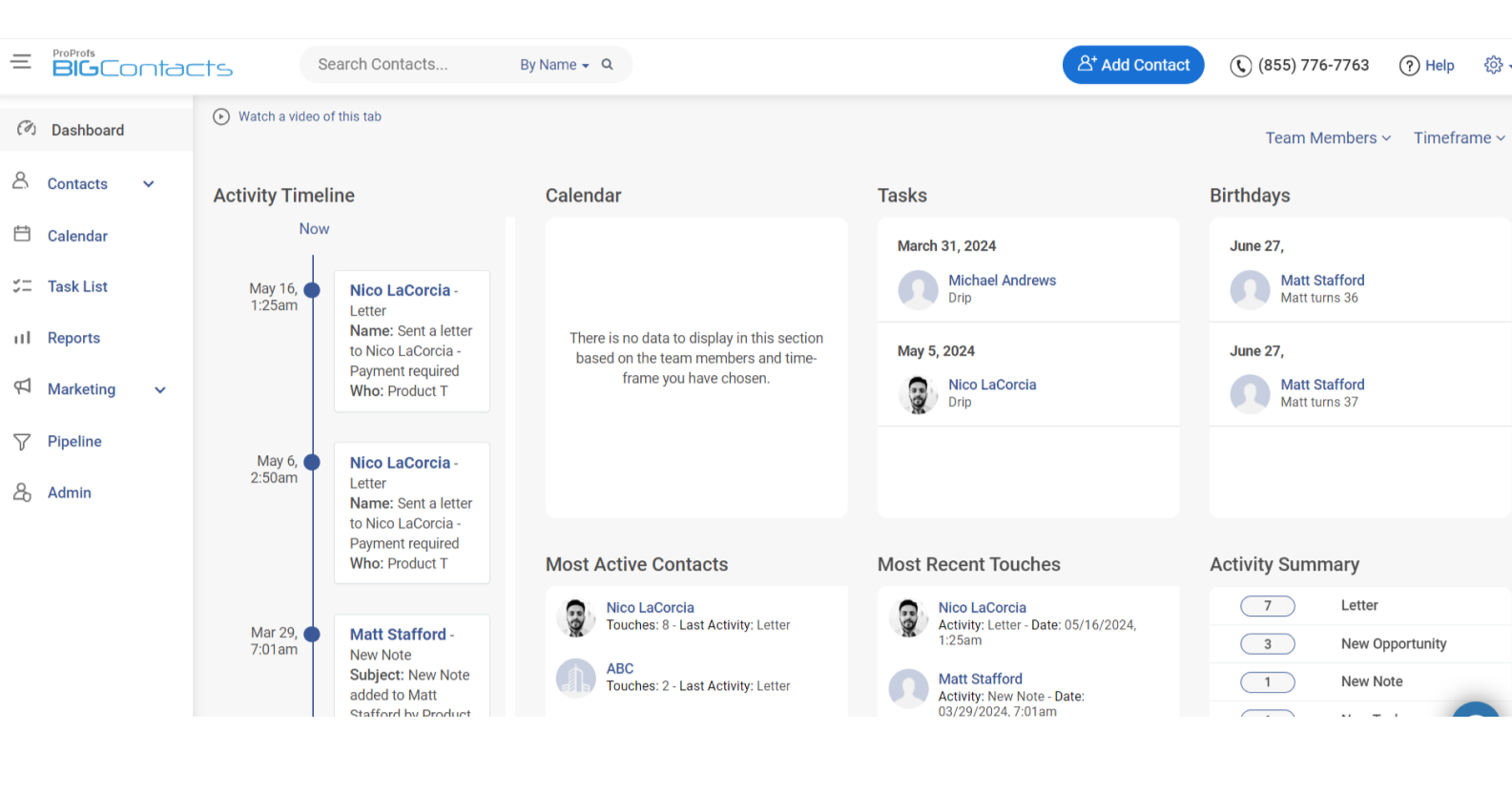
Personalize Emails
According to McKinsey, 71% of customers expect personalized communication from brands.
Personalization is key to making your drip emails stand out. Use your subscribers’ names and other relevant information to make your emails more personal and engaging. You can also use dynamic content to customize your emails based on the subscribers’ interests or behavior.
Create Relevant Content
Your drip emails should provide value to your subscribers. They should be informative, educational, or entertaining. Use different content types, such as blog posts, videos, infographics, or case studies. Make sure your content is relevant to your audience and helps them solve a problem or achieve a goal.
Add CTAs
A clear and compelling call-to-action (CTA) is essential in your drip emails. Your CTA should be specific, action-oriented, and relevant to your email content. It should guide your subscribers to the next step in the customer journey, whether it’s to download a resource, register for an event, or make a purchase.
A/B Testing
Testing and optimization are critical to improving the performance of your drip email campaigns. You should A/B test different elements of your emails, such as subject lines, content, images, CTAs, and sending time. Analyze results and use the insights to optimize campaigns for better engagement and conversion rates.
Finally, it’s important to follow certain best practices to ensure that your emails are delivered, opened, and read. Use a reputable email service provider, comply with anti-spam laws, and provide an easy way for your subscribers to unsubscribe. Also, make sure your emails are mobile-friendly, accessible, and visually appealing.
How to Calculate the Value of Drip Campaigns
Like any other campaign, measuring the value of your email drip campaign is crucial for analyzing its effectiveness for your business. Calculating drip campaigns’ return on investment (ROI) helps assess performance and enables data-driven decisions to optimize your strategy.
To calculate ROI, compare the revenue generated against the campaign cost, including expenses like automation software and content creation. Track revenue by monitoring incoming traffic and conversions.
Use this formula to calculate ROI:
ROI % = (Revenue Generated – Campaign Cost) / Campaign Cost × 100
For example, if a drip campaign costs $1,000 and generates $5,000 in revenue, the ROI is (($5,000-$1,000)/$1,000) x 100 = 400%.
In addition to ROI, track individual email performance to enhance campaign effectiveness. Monitor open rates, click-throughs, unsubscribes, and other metrics to understand what messaging works best.
Employing drip campaign best practices with a robust email marketing tool can generate insightful reports, allowing you to optimize campaigns for better performance and higher ROI.
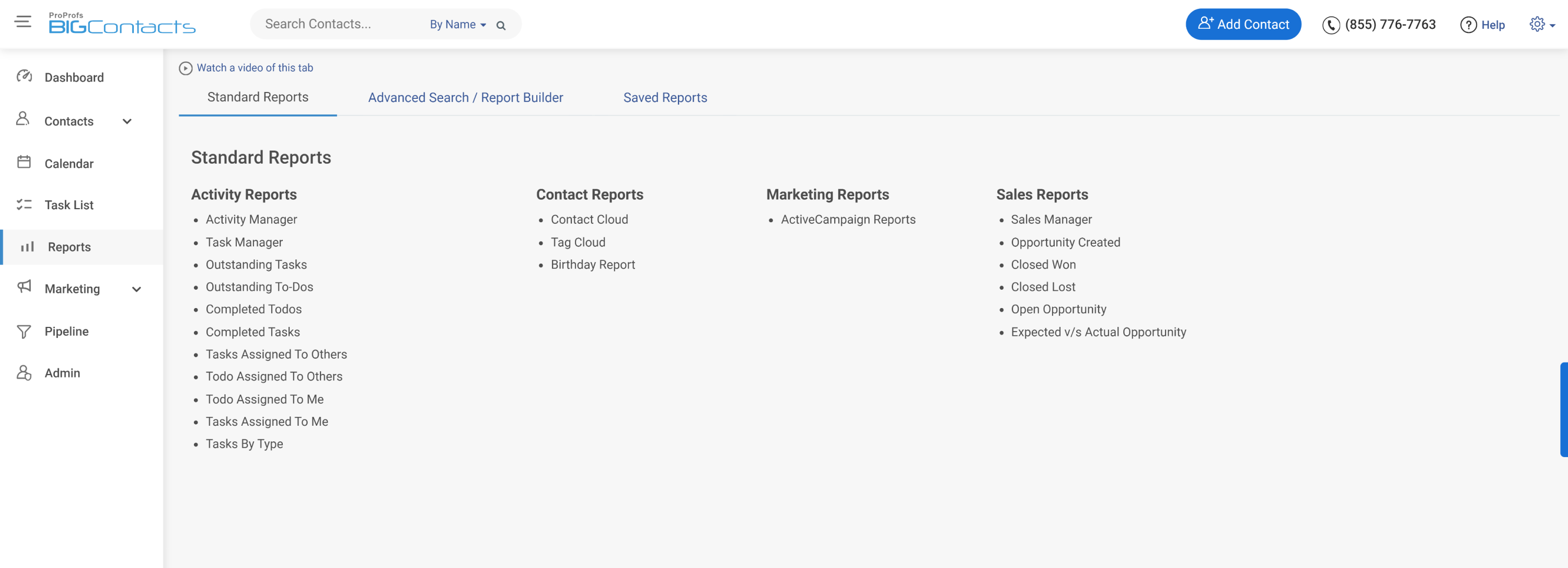
Boost Conversions with Automated Email Drip Campaigns
Automated drip campaigns offer numerous benefits for businesses aiming to enhance their marketing strategy. These campaigns can accelerate processes, boost engagement, and drive significant business growth. A well-crafted email drip campaign can achieve remarkable results for your business.
You need a powerful email marketing solution to create effective campaigns that deliver real results. Such a tool will help you automate your campaigns and measure their success, ensuring maximum impact.
Investing in a robust solution like BIGContacts guarantees that your emails get the attention they deserve. Start today with a free trial and craft emails that consistently convert!
Drip Marketing: FAQs
What should be in an email drip campaign?
An email drip campaign should include a clear goal, a segmented audience, personalized content, an email schedule, and a call to action. Following drip campaign best practices ensures each email is relevant and timely, boosting engagement and conversions.
What is a good response to a drip campaign and how to calculate it?
High open and click-through rates indicate engagement, which is a good response to a drip email marketing campaign. To calculate this, measure the open, click-through, conversion, and unsubscribe rates. These metrics help assess the campaign's effectiveness and overall impact on your audience.
Read more: Email Tracking: A Definitive Guide for Businesses in 2025
How do I improve the open and click-through rates of my drip emails?
To improve the open and click-through rates of your B2B email drip campaign, personalize your emails, use compelling subject lines, and include clear calls to action. Additionally, send your emails at optimal times and regularly test and optimize your email content.
How many emails should a drip campaign have?
A drip campaign should typically have 4 to 10 emails. The exact number depends on your goals, audience, and content. Start with a welcome email, followed by a series of informative or promotional emails spaced out over several days or weeks. Adjust based on performance and engagement.
Which drip email marketing platforms are the most effective?
BIGContacts is an effective drip email marketing platform that stands out with its user-friendly interface, powerful automation features, and 360° contact management. This makes it a great choice for businesses looking to optimize their email drip campaigns.
FREE. All Features. FOREVER!
Try our Forever FREE account with all premium features!



